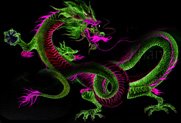Legend of China Square - Tiananmen Square Beijing
When you think about China most people will surely think of Beijing which is capital city of China. The important attraction then in Beijing of course, theTiananmen Square Beijing. Let's explore Tiananmen Square Beijing.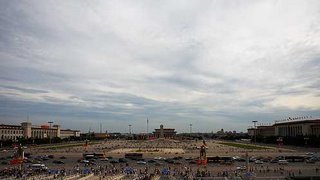 Tiananmen Square is huge open space surrounded on all sides by imposing official buildings. Apart from being a popular gathering place for tourists and kite flyers, it is still often used for any big celebration and for the government leaders to address the people.
Tiananmen Square is huge open space surrounded on all sides by imposing official buildings. Apart from being a popular gathering place for tourists and kite flyers, it is still often used for any big celebration and for the government leaders to address the people.
You can visit Tiananmen Square Beijing freely until 10.30pm at night. If you go during the day you can often buy a ticket to go up to the balcony from which the leaders address the people.
This gives a very impressive view of the square and you can pretend to be the government figure of your choice.
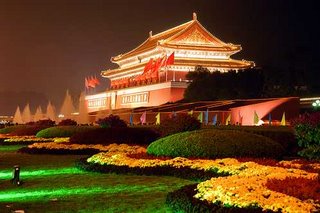 Getting to Tiananmen Square Beijing is best done by subway or walking as taxis are not really allowed to stop anywhere near it.
Getting to Tiananmen Square Beijing is best done by subway or walking as taxis are not really allowed to stop anywhere near it.
Just find the Beijing Hotel on Changan Avenue, walk past it and keep going west on Changan Avenue. You can find many hotels if you travel here.
The Chinese name of Tiananmen Square is written below. You can use it to ask people directions or follow signs: 天安门
Source by : beijingtraveltips.com
About Tiananmen Square : Famous, Important Square of China
 Tiananmen Square is huge open space surrounded on all sides by imposing official buildings. Apart from being a popular gathering place for tourists and kite flyers, it is still often used for any big celebration and for the government leaders to address the people.
Tiananmen Square is huge open space surrounded on all sides by imposing official buildings. Apart from being a popular gathering place for tourists and kite flyers, it is still often used for any big celebration and for the government leaders to address the people.You can visit Tiananmen Square Beijing freely until 10.30pm at night. If you go during the day you can often buy a ticket to go up to the balcony from which the leaders address the people.
This gives a very impressive view of the square and you can pretend to be the government figure of your choice.
 Getting to Tiananmen Square Beijing is best done by subway or walking as taxis are not really allowed to stop anywhere near it.
Getting to Tiananmen Square Beijing is best done by subway or walking as taxis are not really allowed to stop anywhere near it.Just find the Beijing Hotel on Changan Avenue, walk past it and keep going west on Changan Avenue. You can find many hotels if you travel here.
The Chinese name of Tiananmen Square is written below. You can use it to ask people directions or follow signs: 天安门
Source by : beijingtraveltips.com











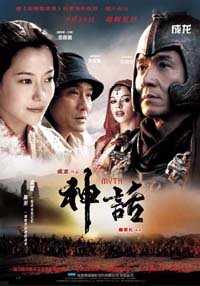 This was the golden era in China but also the most commercially exploited era of Chinese movie making.
This was the golden era in China but also the most commercially exploited era of Chinese movie making.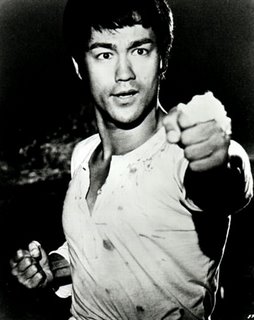 Around the same period, Tsui Hark, another great Hong Kong director, directed and produced a few blockblusters around the legends of an early Kung Fu master, Wong Fei Hong.
Around the same period, Tsui Hark, another great Hong Kong director, directed and produced a few blockblusters around the legends of an early Kung Fu master, Wong Fei Hong.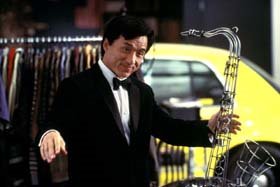 And the same time, up and coming talented directors and actors were coming out from mainland China as commercial film takes on a viability in China.
And the same time, up and coming talented directors and actors were coming out from mainland China as commercial film takes on a viability in China.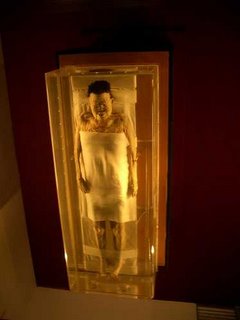 What’s Mummy“Mummy” when anyone hears this word, they will mostly think about
What’s Mummy“Mummy” when anyone hears this word, they will mostly think about 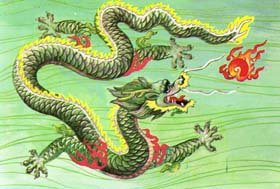 Chinese dragons have five toes. The Chinese believe that all eastern dragons originated from
Chinese dragons have five toes. The Chinese believe that all eastern dragons originated from 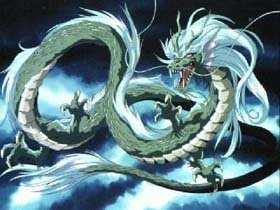 This is why the other dragons have more toes. The breath of Japanese dragons turned into clouds, which could produce rain or fire. Due to a measure upon their heads, they could ascend to Heaven when they chose.2
This is why the other dragons have more toes. The breath of Japanese dragons turned into clouds, which could produce rain or fire. Due to a measure upon their heads, they could ascend to Heaven when they chose.2 The art of drinking and serving tea plays a major cultural role in China. It inspires poetry and songs. Mutual love of tea cements lifelong friendships.
The art of drinking and serving tea plays a major cultural role in China. It inspires poetry and songs. Mutual love of tea cements lifelong friendships. After heating water to boiling, the teapot first is rinsed with hot water. Using chopsticks or a bamboo tea scoop, fill teapot approximately 1/3 full with tea leaves and then pour boiling water into the pot.
After heating water to boiling, the teapot first is rinsed with hot water. Using chopsticks or a bamboo tea scoop, fill teapot approximately 1/3 full with tea leaves and then pour boiling water into the pot.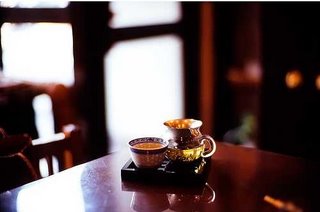 Each pot of tea serves three to four rounds and up to five or six, depending on the tea and the server. The goal is that each round taste the same as the first. Creating consistent flavor is where the mastery of the server is seen.
Each pot of tea serves three to four rounds and up to five or six, depending on the tea and the server. The goal is that each round taste the same as the first. Creating consistent flavor is where the mastery of the server is seen.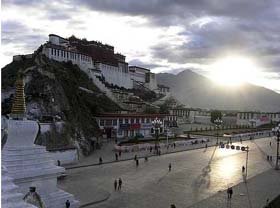 The dimensions of the Lama Temple Beijing are magnificent, which have five courtyards in a row.
The dimensions of the Lama Temple Beijing are magnificent, which have five courtyards in a row.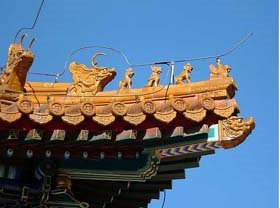 Because the structure once served as an imperial palace, the layout of the temple is quite different from other temples.
Because the structure once served as an imperial palace, the layout of the temple is quite different from other temples.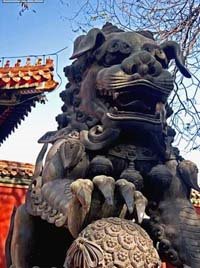 Hall of Harmony and Peace (Yonghegong). The Hall of Eternal Blessing (Yongyoudian), the Hall of the Wheel of the Law (Falundian) and Pavilion of Eternal Happiness (Wanfuge).
Hall of Harmony and Peace (Yonghegong). The Hall of Eternal Blessing (Yongyoudian), the Hall of the Wheel of the Law (Falundian) and Pavilion of Eternal Happiness (Wanfuge).